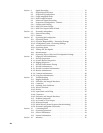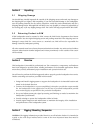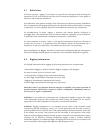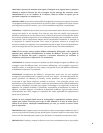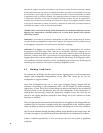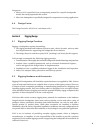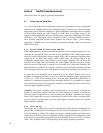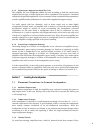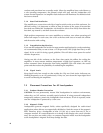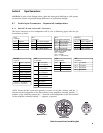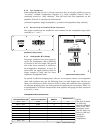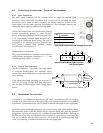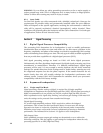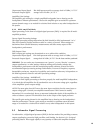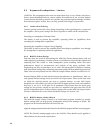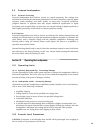
overheat and puts them into a standby mode. When the amplifiers have cooled down to
a safe operating temperature, the thermal switch will reset and the loudspeaker will
resume normal operation. An amplifier Fault indicator will illuminate if a thermal switch
has been activated.
7.1.4 Heat Sink Ventilation
The amplifiers are convection cooled by a large heat sink on the rear of the enclosure. For
efficient cooling, it is important to allow at least six inches of free space all around the
heat sink area behind the loudspeaker. Air should be able to flow freely from below the
heat sink, up around it, and then above the enclosure.
High ambient temperatures can cause amplifiers to overheat, even when operating well
below full output. In such cases, aim a fan at the heat sink area to increase the airflow
and thus assist with cooling.
7.1.5 Stage Monitor Applications
If you use the loudspeaker on its side for stage monitor applications for vocal monitoring,
we recommended that you use at least a 12 dB per octave HPF (High Pass Filter) on the
signal, 90 Hz to 100 Hz being a good guideline. This will allow more power for useful
monitor frequencies.
Having one side of the enclosure on the floor does restrict the airflow for cooling the
amplifiers. In more extreme ambient temperatures of high level operation, an HPF can
reduce unwanted lower frequencies from being amplified. This will reduce the overall
power and thus reduce the possibility of overheating the amplifiers.
7.1.6 Signal Levels
Keep signal levels low enough so that neither the Clip nor Limit Active indicators are
blinking frequently or are on continuously. If they are, turn down the input signal level
to avoid overheating the amplifiers.
7.2 Placement Precautions For All Loudspeakers
7.2.1 Outdoor Weather Protection
CAUTION: Do not permanently mount EAW loudspeakers in outdoor environments,
unless they are WP versions, normally special ordered. If using powered loudspeakers
temporarily outdoors, protect the loudspeaker from moisture. If rain is expected, make
sure the loudspeaker is protected by a rain cover.
7.2.2 Magnetic Fields
Loudspeakers generate magnetic fields, unless specifically designed for audio-visual
applications where drivers are magnetically shielded to limit the extent of the magnetic
field. Therefore, place a loudspeaker at least 2 ft (0.6 m) or more from any TV set or
computer monitor. If it causes distortion or a change in the display color, move it further
away. Do not place any audio, video, or computer magnetic media near the loudspeaker
as the loudspeaker's magnetic field may damage the data.
8



